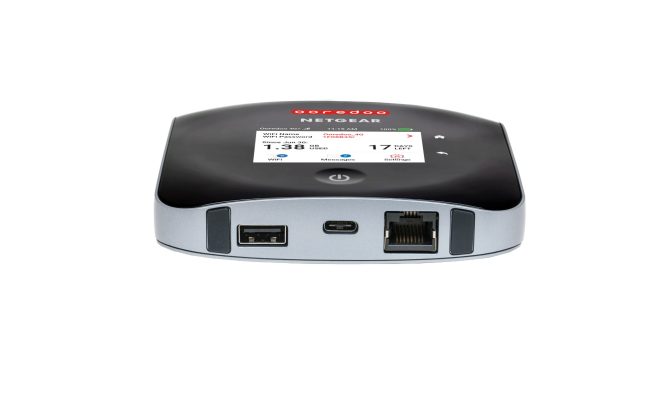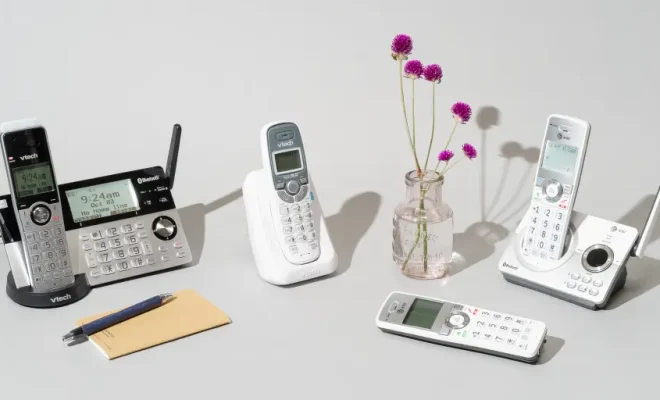10 Ways to Control OneDrive Sync on Your PC

OneDrive is Microsoft’s cloud-based storage service that allows you to store, share, and sync files and folders across multiple devices. OneDrive Sync is a feature that automatically uploads and downloads files between your computer and the cloud storage. However, sometimes OneDrive Sync can consume a lot of network resources and slow down your PC. If you want to control OneDrive Sync, here are ten ways to achieve that:
1. Pause OneDrive Sync
If you want to temporarily stop OneDrive Sync, click on the OneDrive icon on your taskbar and select “Pause syncing.” You can choose to pause syncing for two, eight, or 24 hours, or until you resume it manually.
2. Choose Which Folders to Sync
By default, OneDrive Sync syncs all your files and folders to your PC. However, you can choose which folders to synchronize and which ones to leave in the cloud. Right-click on the OneDrive icon on your taskbar and select “Settings > Choose folders.” Then, uncheck the folders you don’t want to sync to your PC.
3. Use Files On-Demand
If you don’t want to download all your files and folders to your PC, you can use the Files On-Demand feature. It allows you to see and access all your files and folders without downloading them, but you can download them anytime you want. To enable Files On-Demand, right-click on the OneDrive icon on your taskbar and select “Settings > Files On-Demand.”
4. Manage Upload and Download Speeds
OneDrive Sync can consume a lot of network resources, especially when uploading or downloading large files. To manage the upload and download speeds, right-click on the OneDrive icon on your taskbar and select “Settings > Network.” Then, adjust the upload and download speed limits as per your preference.
5. Move OneDrive Folder to a Different Location
If you have limited space on your PC, you can move your OneDrive folder to a different location, such as an external hard drive. To do that, right-click on the OneDrive icon on your taskbar and select “Settings > Account.” Then, click on “Unlink OneDrive” and follow the instructions to move the OneDrive folder to a different location.
6. Stop OneDrive from Automatically Starting
If you don’t want OneDrive to start automatically when you sign in to your PC, you can disable that feature. To do that, right-click on the OneDrive icon on your taskbar and select “Settings > Settings.” Then, uncheck the box that says “Start OneDrive automatically when I sign in to Windows.”
7. Change the Location of the OneDrive Folder
If you want to change the location of the OneDrive folder on your PC, you can do that in the OneDrive settings. Right-click on the OneDrive icon on your taskbar and select “Settings > Account.” Then, click on “Unlink OneDrive” and follow the instructions to choose a new location for the OneDrive folder.
8. Use OneDrive on Demand
OneDrive on Demand is a feature that allows you to access your files and folders in the cloud without downloading them. To use OneDrive on Demand, right-click on the OneDrive icon on your taskbar and select “Settings > Files On-Demand.”
9. Stop OneDrive from Syncing Certain File Types
If you want to stop OneDrive from syncing certain file types to your PC, you can do that in the OneDrive settings. Right-click on the OneDrive icon on your taskbar and select “Settings > Account.” Then, click on “Choose folders” and uncheck the file types you don’t want to sync.
10. Disconnect OneDrive from Your PC
If you no longer want to use OneDrive Sync on your PC, you can disconnect it from your PC. To do that, right-click on the OneDrive icon on your taskbar and select “Settings > Account.” Then, click on “Unlink OneDrive” and follow the instructions to disconnect OneDrive from your PC.
In conclusion, OneDrive Sync is a useful feature that can help you access your files and folders from anywhere. However, if you want to control OneDrive Sync on your PC, you can use these ten methods to pause, manage, and customize the syncing process as per your needs.






